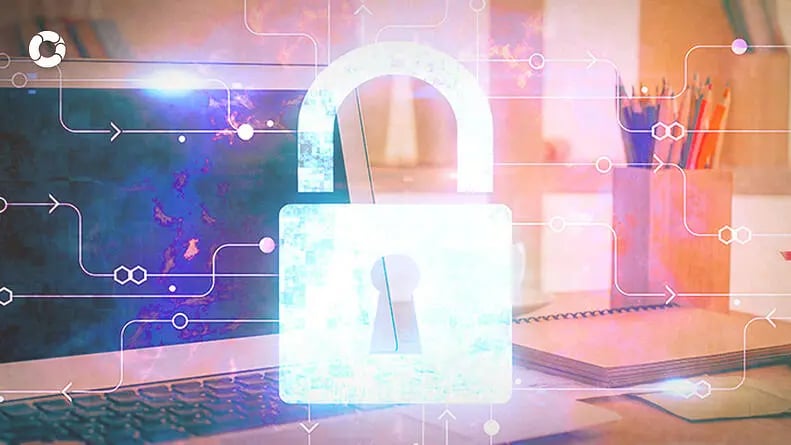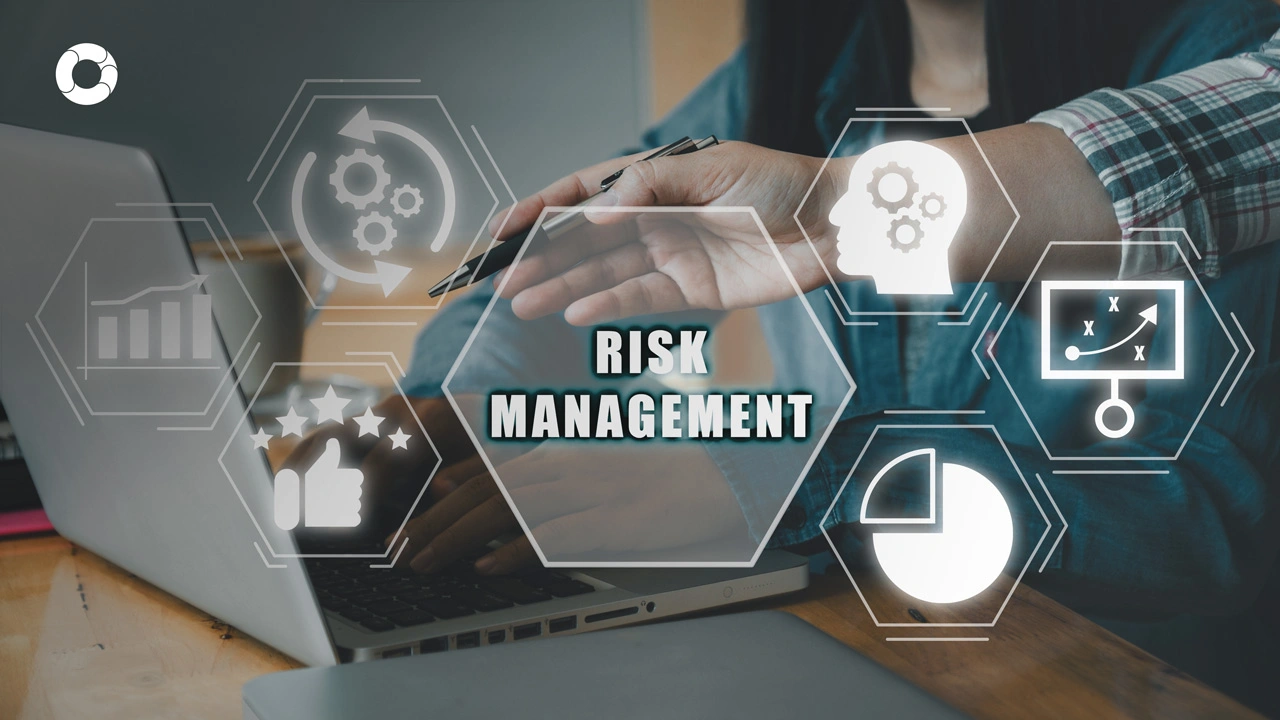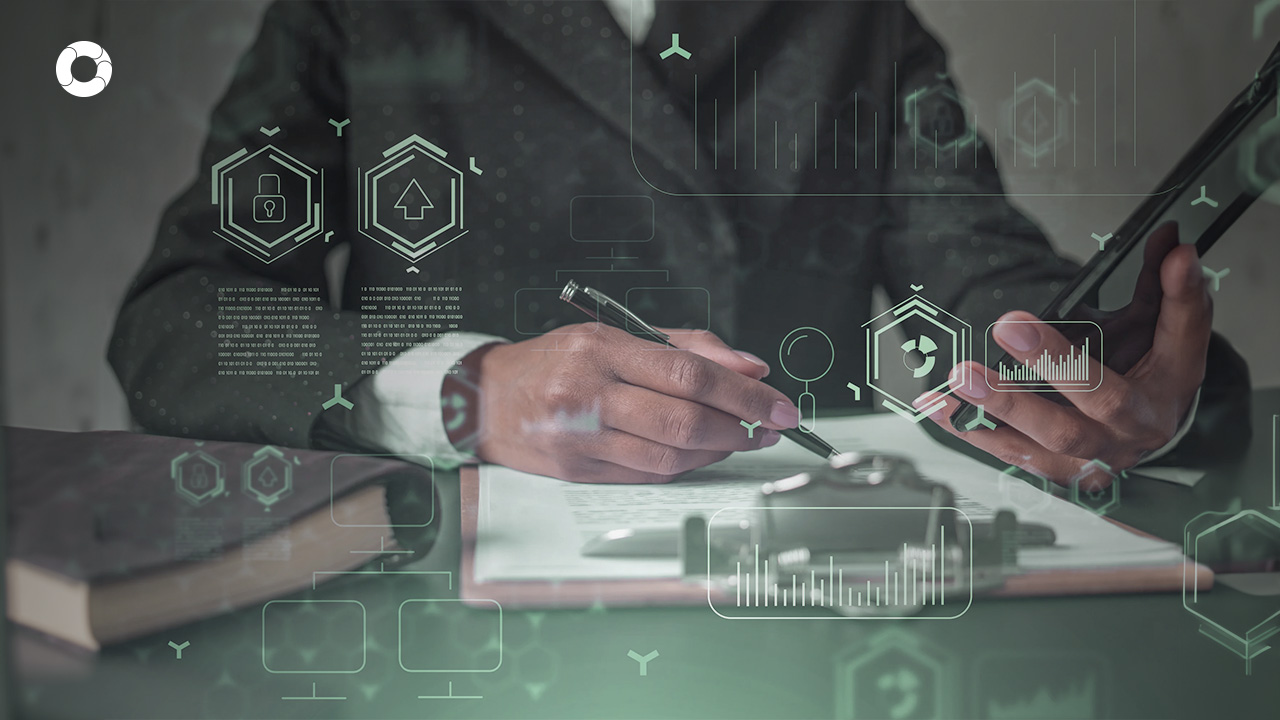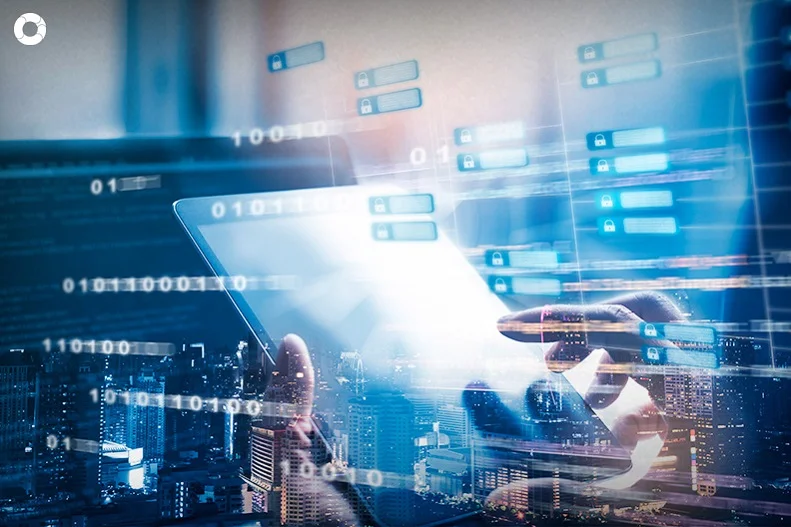5 main cybersecurity risks to watch out for in 2023

IT and cybersecurity teams have faced several changes in IT security at increasingly shorter intervals, which has accelerated due to the pandemic and the rise of remote working.
With technological advancement and increased digitization of products and services, 2023 will likely see an increase in cyber-attacks compared to last year. Something that will bring with it new vulnerable ecosystems, more sophisticated cyber threats, and more creative cyber criminals. Here are some of the cybersecurity risks your company needs to assess.
Are you ready to discover which cybersecurity risks you should watch out for in your company?
The impact of Artificial Intelligence (AI)
AI will continue to assume an essential role in business processes, creating real-time solutions faster than humans. Therefore, cybercriminals will bet on detecting its flaws to take advantage of it. This technology is one of the most worrying cyber-attacks, as it can significantly impact terrorism and cybercrime. It is estimated that there will be more cybersecurity issues with AI systems every year.
For example, AI is being used by fraudsters to create synthetic voices in so-called deep voice attacks, where they use AI tools to mimic the voice of familiar people and fool their victims.
Pro tip: Although by 2023, there will be a trend in the growth of threats that involve the use of artificial intelligence to apply social engineering, it is essential to take advantage of the best that this technology offers us, investing in the use of artificial intelligence to help mitigate these types of risks.
Ransomware attacks
Ransomware is the most visible cybersecurity threat, making it one of cybersecurity's most significant issues. Ransomware campaigns are resource-intensive, and as such, high-impact campaigns can be sponsored by terrorists seeking to inflict a massive attack on a territory or organization. Such ransomware attacks can become a common scenario.
Likewise, ransomware has also made its way into cloud environments, targeting cloud-based email servers such as Office 365 with popular methods such as file synchronization. In this case, the attacker sends a phishing email with an attachment, which, when downloaded, initiates the installation of the ransomware on the user's system.
Pro tip: One of the essential methods to defend against these cyberattacks is cybersecurity education and training.
5G and the next generation of mobile networks.
As 5G is a very new technology, it is difficult to predict its effects on cybersecurity. With 5G, unprecedented levels of wireless connectivity and speed are introduced. There are more opportunities to initiate more significant attacks with faster speeds.
With millions of connected devices, 5G technology will enable more significant and dangerous cyberattacks. The risk of more sophisticated botnets, data breaches, and faster data mining could increase with 5G.
Furthermore, with the acceleration of 5G, each node connected to these networks can act as a gateway that, due to the complexities of the technology, can be inadvertently left open and thus represent a potential entry point for cybercriminals, contributing to the exponential increase in cyberattacks.
Attacks on mobile devices
As more and more users travel and work from home, mobile devices have become increasingly integrated into their daily lives, including corporate employees. Web browsing activity used to be limited to desktops, and the only people with laptops were employees who had to travel for work.
Cell phones, laptops, and tablets are the most widely used for web browsing. Traffic from these devices has become the primary form of browsing, ahead of desktops.
Cybercriminals attack mobile devices through various methods, such as phishing and unauthorized applications. Today, these devices can store large amounts of valuable data and perform functions remotely. They often need a higher level of security.
Mobile security is often underestimated, and since mobile devices are another potential gateway to network breaches, despite manufacturers' efforts to implement security, phishing and malware attacks on these devices are likely to increase.
Pro tip: Enterprise mobile security solutions and extensive employee training programs will help you stay ahead of attackers.
Internet of Things (IoT) Threats
The everyday use of IoT creates an attractive attack base for cybercriminals. IoT security is critical mainly due to potential threats already plaguing networks. Insecure practices compound these threats among users and organizations that may need more resources or knowledge to secure their IoT ecosystems better.
One of the main reasons IoT devices are vulnerable is that they lack the computing power for integrated security. An organization's chances of attack increase as more devices are connected to the Internet.
Bonus - Shortage of Cybersecurity Resources and Culture
The demand for cybersecurity experts and talent has increased significantly to meet regulatory requirements and the challenges posed by cyber criminals with increasingly ingenious and creative attacks. The need for more talent with knowledge and experience in cybersecurity is one of the main challenges for 2023.
Likewise, creating a culture of cybersecurity is vital for companies, as the leading cause of security breaches is human error, which is countered with the proper instruction and policies. It's critical, considering the repercussions of cyber-attacks can be expensive to remediate.
Conclusions
Most companies have delayed cybersecurity solutions and need to prepare to meet the challenges of implementing new technologies.
Business owners and managers who want to be included must know that to keep a company's systems safe, and they must evaluate cyberattacks from a security and a business risk standpoint to engage the entire corporate board.
Cybercrime is constantly evolving to exploit the vulnerabilities of new technologies. So, at Pirani, we stay at the forefront of corporate risk management to give your company the cybersecurity solutions it needs.
Remember, the time to improve your corporate risk management is today!
You May Also Like
These Related Stories

Risk management for software projects

Regulatory Compliance: Benefits and Best Practices

Mastering KRIs: Unlock Risk Management Success

5 tips for avoiding financial fraud

Crafting Risk Management Plan: Step-by-Step Guide



No Comments Yet
Let us know what you think